For photography beginners, browsing the camera market can be overwhelming, especially with so many complex specs and jargon-filled reviews to read. But even if you’re not a pro, you can still score a capable camera with a beginner-friendly design. That’s because many of today’s cameras offer easy-to-use automatic settings to help you capture brilliant images and stunning videos.
We’ve put today’s top models to the test, comparing their strengths, weaknesses, and price tags to create this list of the best beginner-friendly cameras. Most importantly, these top picks are far from simple point-and-shoots; they have extensive manual control settings and customization options to meet you at each step of your photography journey.
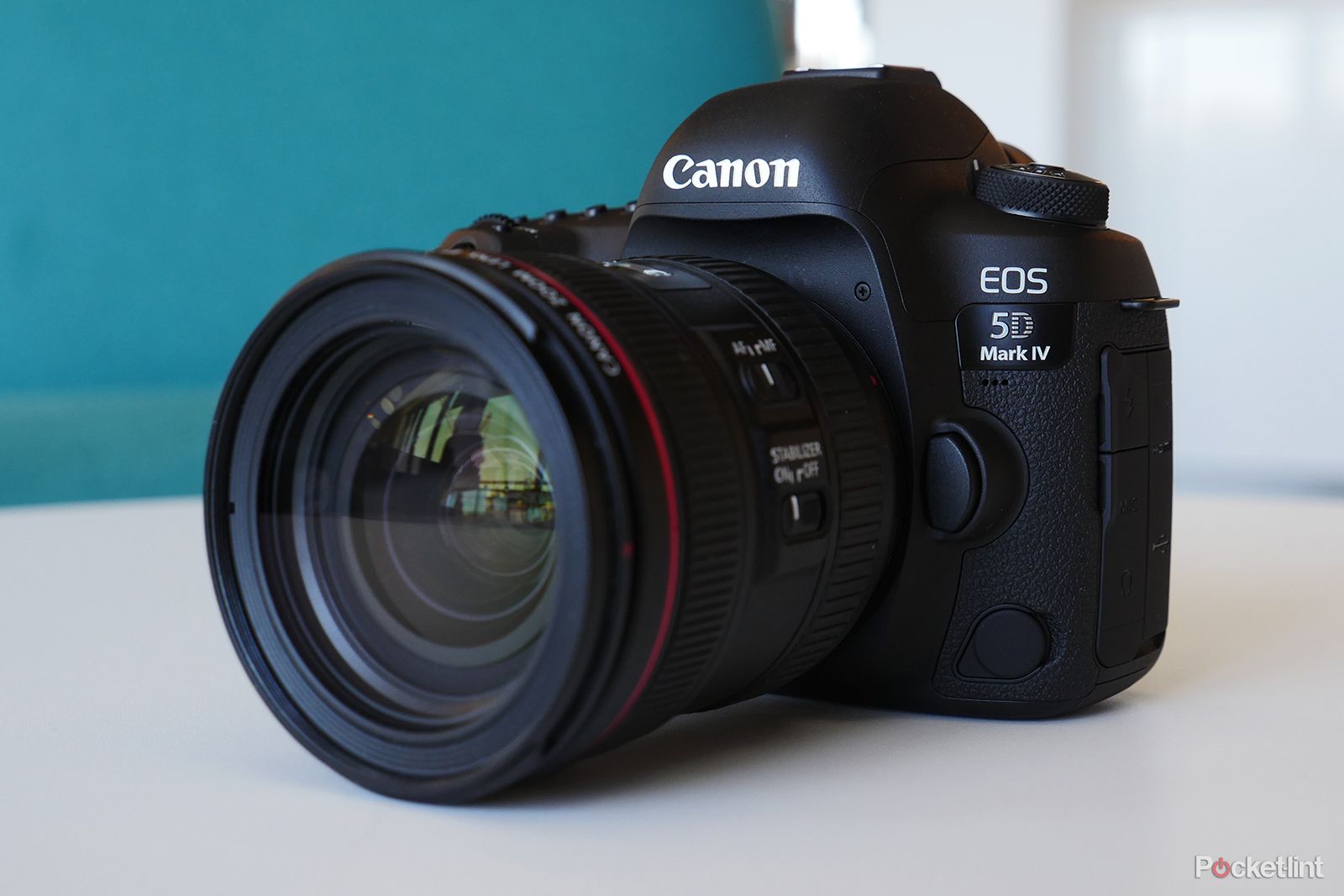
Best DSLR cameras: All the top interchangeable lens cameras available to buy today
Mirrorless cameras might be the talk of the town, but DSLRs still have their place, too. Here are the best options for beginners and pros.
Best cameras for beginners: Our top picks
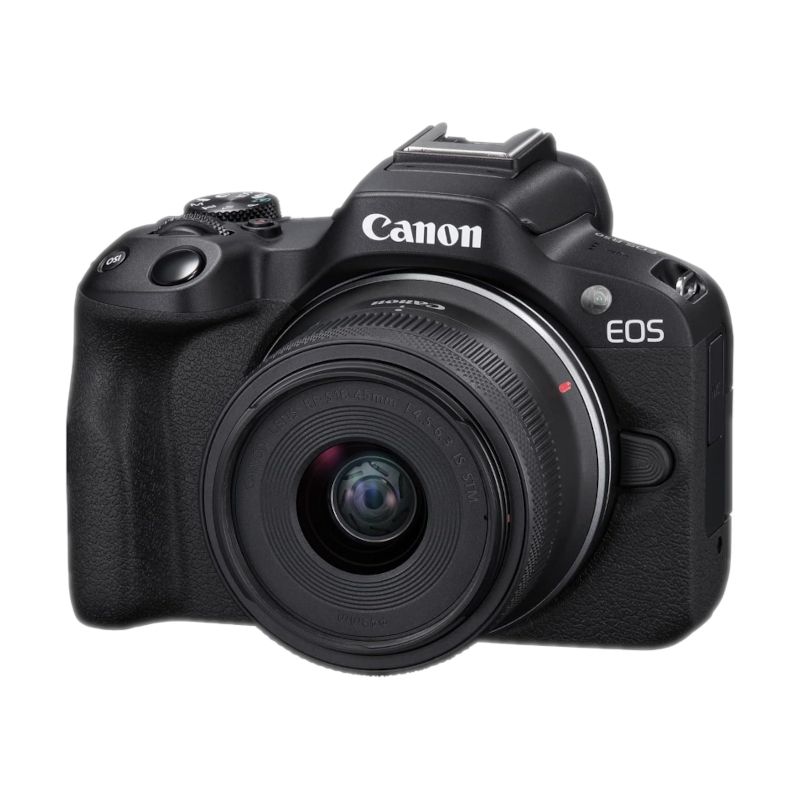
Canon EOS R50 Mirrorless Vlogging Camera
1. Best camera for beginners overall
Pro pics made easy
The EOS R50 packs a lot of advanced hardware and pro-level specs into a compact, beginner-friendly, and affordable camera.
- Lightweight and compact
- Shots 24MP photos and 4K30fps video
- Affordable entry point into Canon’s RF ecosystem
- Advanced autofocus system
- No in-body stabilization (IBIS)
- Smaller APS-C sensor
When the EOS R50 first came out, Pocket-lint was thrilled, but you don’t need years of experience to appreciate its awesome value. This powerful little mirrorless is exceptionally versatile, with specs that are usually only found on pricier models.
The EOS R50 can capture sharp 24MP photos with its APS-C sensor. However, the R50’s video capabilities are just as impressive. With a max video resolution of 4K at 30fps, its meets the industry standards for professional videography. It also uses H.264 and H.265 codecs, with color-popping results. Of course, you’ll need a high-capacity microSD card to store all that high-res, high-frame footage, but it’s worth the small extra cost for budding filmmakers and photographers.
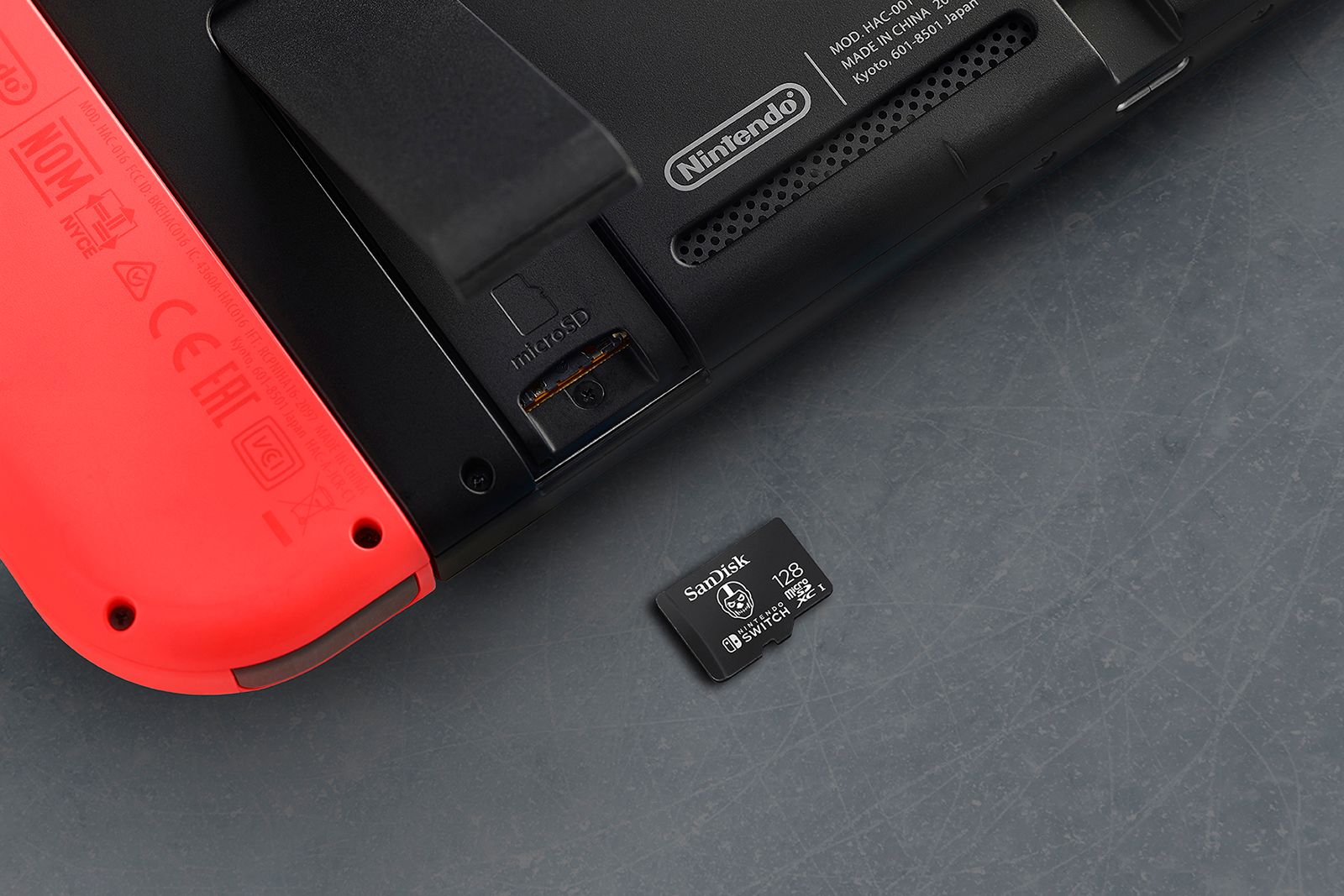
Best microSD cards: A small device to expand your storage in a big way
Don’t let the name fool you, these cards pack plenty of storage and deliver powerful performance.
What really makes the R50 an excellent choice for beginners are the included autofocus and automatic exposure features. Punching above its price point, the R50 features sophisticated subject-tracking technology, which lets you tap the camera’s screen to keep moving faces, dogs, cars, and more in focus as they move through the frame. The autofocus is also easy to use thanks to Canon’s smartphone-like interface. Combine that with the automatic exposure mode, and you can start snapping perfect photos and videos with minimal fuss.
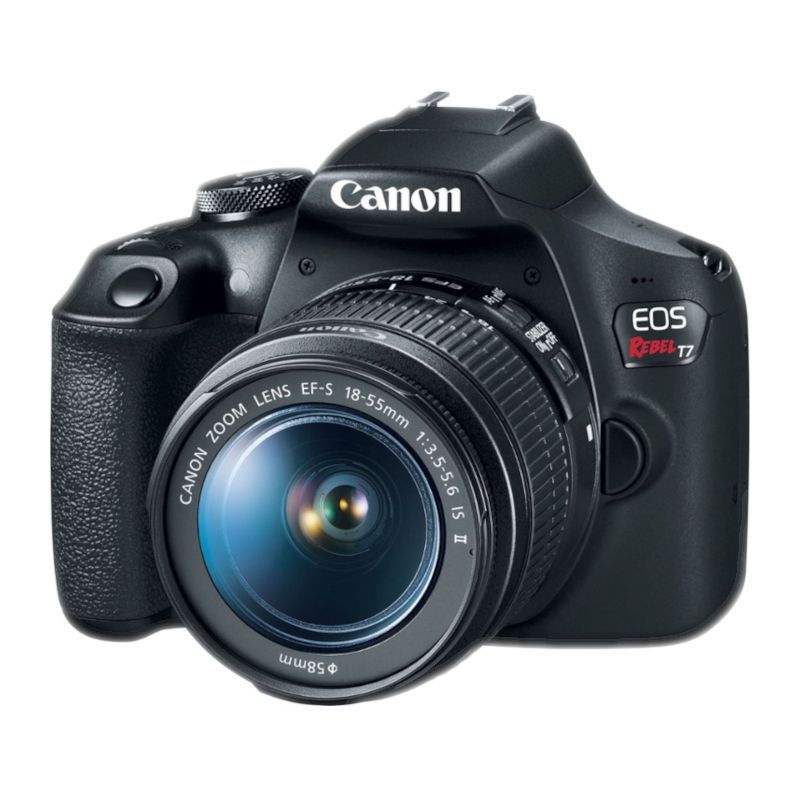
Canon EOS 2000D / Rebel T7
2. Best budget beginner camera
An affordable entry with rockstar results
This camera-and-lens kit comes with everything you need to start snapping stunning shots, and the price is a bargain for the quality.
- Great value
- Compatible with Canon EF lenses
- Wi-Fi file transfer
- DSLR, so not very compact
- Entry-level specs
The main attraction of the EOS 2000D is its low price, but it’s also a fantastic camera in its own right. Capable of capturing 1080p video and 24MP photos, this little DSLR can deliver quality images despite costing less than a midrange smartphone. And for action photography, you can experiment with the camera’s continuous shooting mode and quick, reliable autofocus system. It also has a slew of convenient features, like Wi-Fi connectivity to transfer files right to your phone on the fly.
If you’re unimpressed by the lack of 4K video, consider the potential offered by the APS-C sensor and EF-series lenses. The former is a sensitive CMOS sensor that Canon has paired with its Digic 4+ processor, resulting in data-rich imagery that can handle low-lighting environments. When you combine all that with one of the company’s many excellent EF-series lenses, you can capture some gorgeous photos and videos.
So while the EOS 2000D may be a “basic” camera, it has plenty of potential to serve a budding visual artist well. As your budget grows, you can add fancy new EF-series lenses to take full advantage of everything it has to offer.
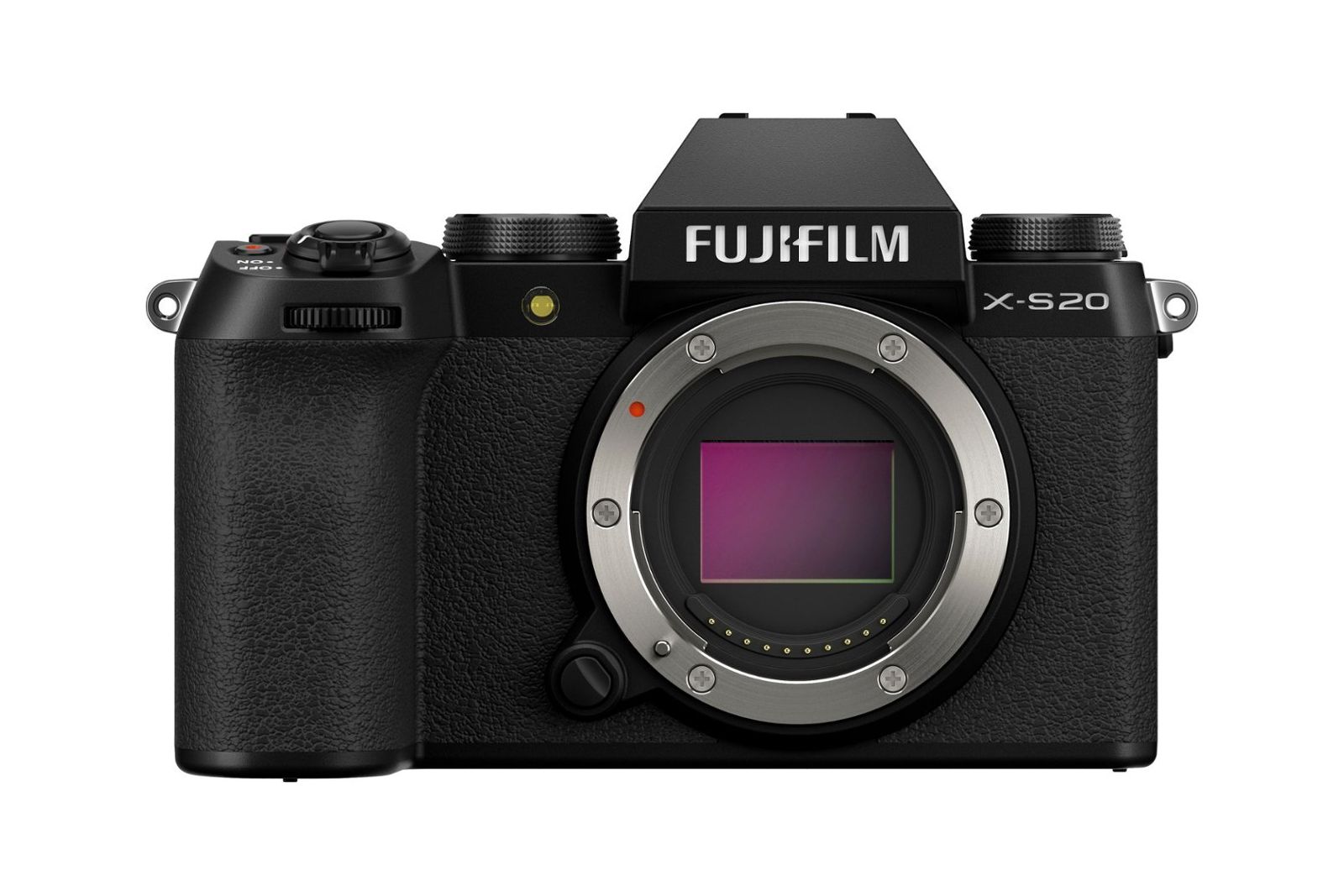
Fujifilm X-S20
3. Best high-end camera for beginners
The strongest place to start
Compact and portable, user-friendly and powerful, the Fujifilm X-S20 is perfect for beginners with a little more to spend and a lot of motivation to improve their photography skills.
- Lightweight
- 6.2K30p max video resolution in 10-bit color
- High-speed processing with burst shots up to 20fps
- Advanced image stabilization and autofocus
- Relatively pricey for a beginner budget
- Only one SD card slot
Before mid-2023, we recommended the Fujifilm X-S10 to beginners looking for a strong hybrid camera with advanced specs. But now that the X-S20 is out, it’s our new favorite. While not exactly professional-grade, its user-friendly controls and powerful hardware can produce brilliant 6.2K footage and 26.1MP still photos. And if you’re looking to practice the art of exposure, the X-S20 is easily up to the task.
What makes the X-S20 ideal for those fresh to photography is the automatic tools. The in-body stabilization operates on five axes, and it does so quickly, silently, and discreetly. This means you can point and shoot to your heart’s content and still produce high-quality, sharp photos. So if you’re not a pro (yet) at setting up your shutter for shake-free shots, the IBIS will take care of it.
Equally impressive is the autofocus system, which sports the latest and greatest tech from Fujifilm. It can automatically detect subjects and focus in a flash, even when they’re moving. Combining the AF with the 6.2K video results in exceptionally cinematic and sharp footage. It’s another advanced tool that doesn’t require an art school diploma to wield.
I won’t list all the X-S20’s specs here, since Pocket-lint’s Luke Baker reviewed the camera last year. He also compared it to the X-T5, another excellent choice for beginners, albeit a bit more expensive. If you have the funds for a Fujifilm mirrorless at this level, you can’t go wrong.
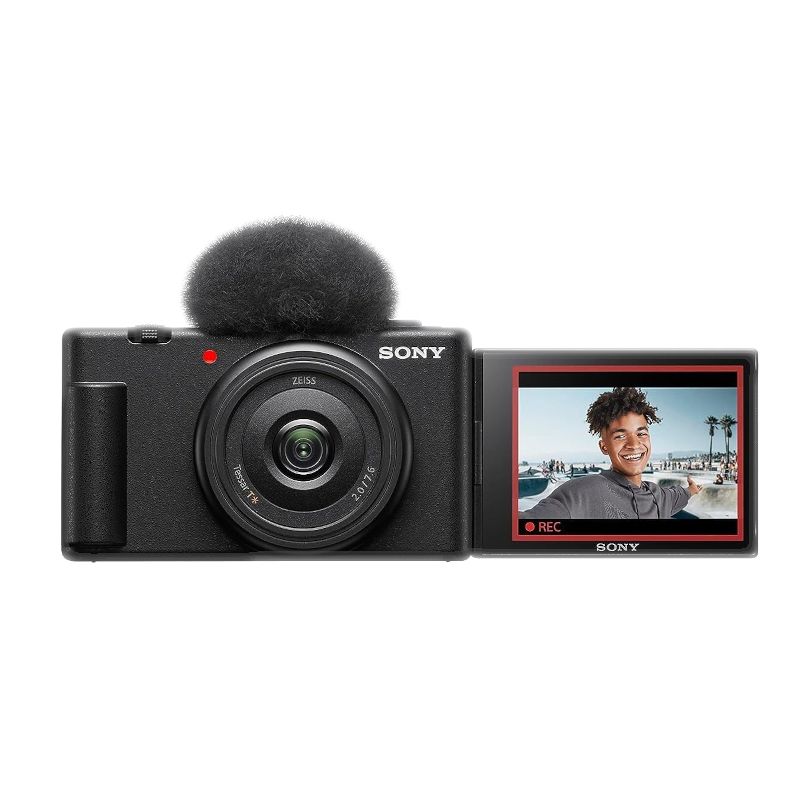
Sony ZV-1F
4. Best beginner camera for vloggers
Candid creations done clearly
If you need a camera that you can turn on and start filming quality content right away, Sony’s ZV-1F will deliver the goods.
- Flip-out touchscreen
- Super portable
- 4K video and 20MP photos
- Quality built-in mic
- No optical zoom
- Fixed lens can’t be swapped out
Vlogging has come a long way from the days of cheap selfie sticks and crummy handycams. These days, you can make your vlogs pop with clarity and color, and it doesn’t have to cost a fortune. Sony’s ZV-1F is ideal for those looking to film videos on the fly, with a super lightweight body, easy-to-hold form factor, and a strong array of built-in video tools.The most important features for vloggers are all there. The ZV-1F boasts percise autofocus, face- and eye-tracking, crystal-clear audio recording, a fully articulated touchscreen, and exceptional video processing speeds for 4K video. You can even plug it right into your computer to use it as a webcam with minimal setup, making it a top choice for streamers, as well.
But with all those video-centric features aside, the ZV-1F is also a solid camera for still photography. The CMOS sensor is capable of capturing 20MP photos, and the continuous drive mode can take burst shots at a whopping 16 photos per second. Paired with the accurate autofocus and a 22mm lens, this little point-and-shoot is capable of some seriously gorgeous images. It’s not our first choice for professional photography, but the ZV-1F is perfect for vloggers and content creators who need something they can turn on and start shooting. In that arena, the ZV-1F is top-tier.
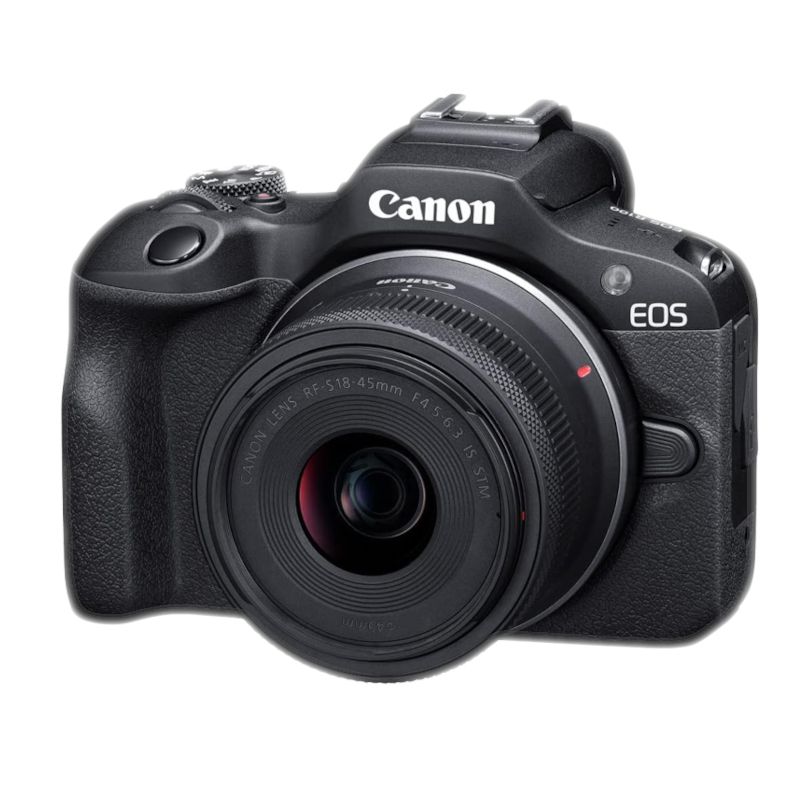
Canon EOS R100
5. Best for beginner filmmakers
When video is your specialty
With an interchangeable RF lens mount and professional-grade video specs, the EOS R100 is our top recommendation for emerging filmmakers.
- Wireless transfer via Wi-Fi and Bluetooth
- 8-bit 4K video
- Advanced autofocus
- Relatively affordable
- Fixed display
- 4K video capture limited to contrast-detect autofocus
When you’re looking for a video camera, it can be tempting to choose the first 4K model that you come across. However, resolution isn’t the only factor that affects video quality. That’s why we recommend Canon’s EOS R100 for budding filmmakers.
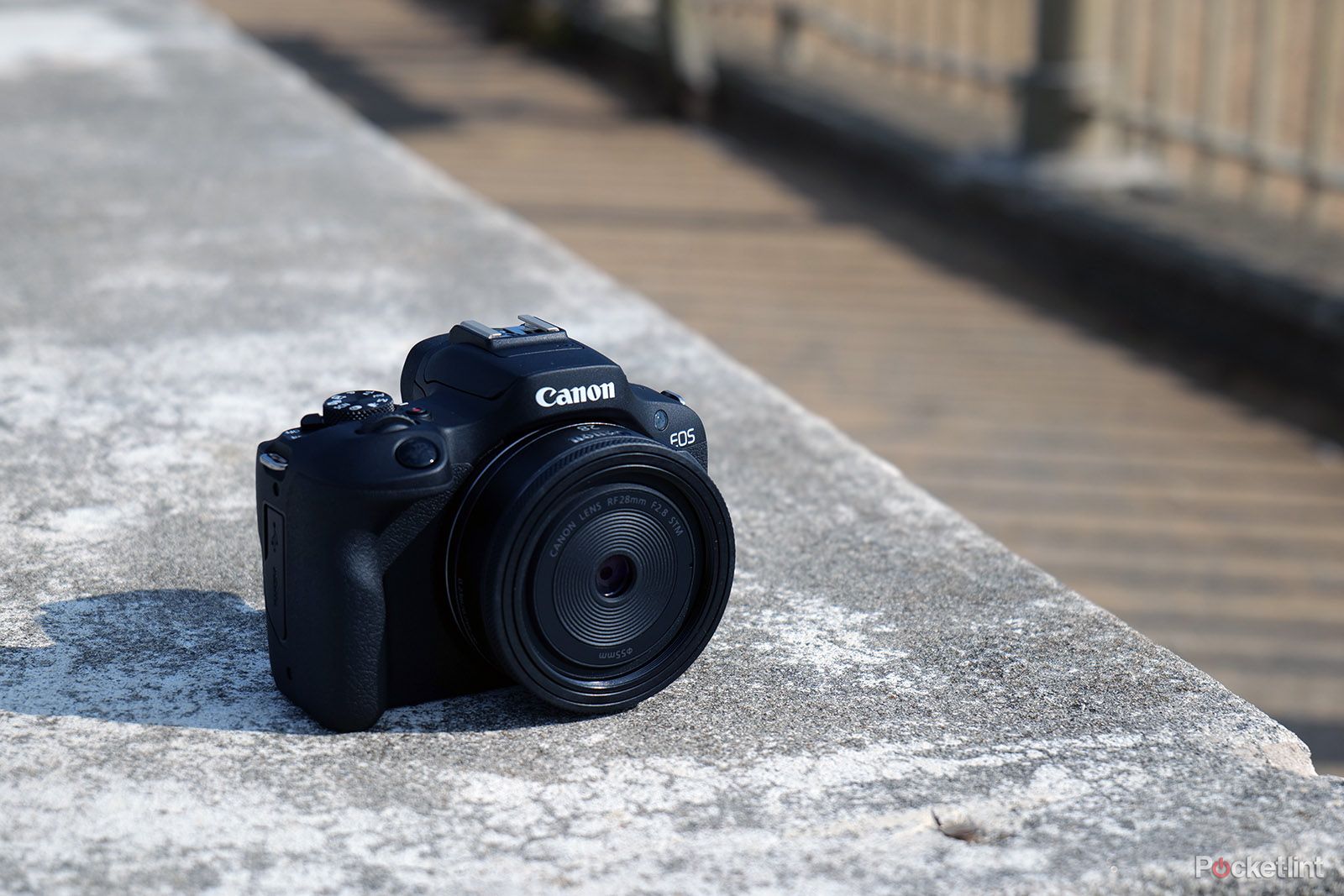
Canon EOS R100 review: An ideal first mirrorless camera
Canon’s affordable, stripped-back EOS R model is a fine gateway into ‘real’ photography.
Not only does the R100 deliver 4K footage, it does so at a cinematic 24/25fps. Additionally, its APS-C sensor and intelligent autofocusing system give it an extra edge over the competition. Such a large sensor allows you to film in low-lighting situations without worrying too much about digital noise, and it also means more color information. And with the autofocus system employing everything from contrast detection to phase detection, selective single-point focusing to face tracking, subjects are always kept in focus.
All that being said, Canon’s EOS R100 is still considered a “hybrid camera” since it will serve still photographers just as well. As part of the RF series, it’s compatible with the company’s vast line of beautiful lenses, so there’s plenty of room for upgrades. And when you combine some premium Canon glass with the 24MP photo capabilities, you can take some truly stunning images.
The bottom line: What’s the best camera for beginners?
Canon’s EOS R50 takes the crown for the best overall option thanks to its pro-level specs and mirrorless design. The compact and light build will give beginners the confidence to start snapping and experimenting right away, and it affords all the wiggle room for learning the ropes and upgrading its RF lens as you advance your skills.
That said, while not overly expensive, the EOS R50 might not fit every beginner’s budget. That’s why we also recommend checking out the EOS 2000D for its low price and high value. The Sony ZV-1F is another excellent option, as it’s ideal for vloggers and anyone who wants something handheld and ready for a full day of shooting.

Canon EOS R50 Mirrorless Vlogging Camera
Editor’s Choice
How we chose the best cameras for beginners
Everyone has different needs, goals, and skill levels, so finding a one-size-fits-all camera isn’t possible. However, we recommend beginners choose a camera that’s versatile enough to explore all the different forms of the visual medium, from action photography to shooting film. With that in mind, we used the following considerations to guide our research and testing guidelines.
- Automatic shooting — Beginners will definitely want to pick a camera that includes a solid automatic shooting mode since it allows you to start taking high-quality photos and videos right away without needing to fiddle with exposure settings. Basically, it sets the exposure automatically, so you don’t have to worry about aperture, ISO, or shutter speed. Almost all cameras these days feature automatic shooting modes, but we recommend checking out customer reviews to make sure that your camera of choice does a good job metering shots.
- Autofocus — Automatic focusing is used by professionals all the time, and it’s a vital feature for beginners. However, there are a lot of fancy new autofocus technologies that newcomers likely won’t require at the start. For example, AI-powered subject tracking is cool, but it may be overkill for a starter camera. Instead, we recommend making sure your camera fulfills the minimum requirements for fast and accurate autofocus. For example, “Phase Detect Autofocus” (PDAF) is usually stronger than “Contrast Detection Autofocus” (CDAF). Both will serve beginners well, but PDAF is generally faster, more reliable, and compatible with a greater number of lenses than CDAF.
- Specs — All the specifications of a camera might seem overwhelming to fledgling photographers, but there are three numbers that will give you a rough idea of a camera’s capabilities. First, a camera’s megapixel (MP) count will tell you the max photo resolution its sensor can capture. Higher numbers mean sharper images, so we look for cameras with at least 16MP. Secondly, we consider the max video resolution since so many screens these days can display 4K. Thirdly, the size of the sensor will determine the performance in low-lighting situations. Big sensors, like full-frame ones, can detect more light information in the dark, letting you capture the drama of the shadows and night. APS-C sensors are a bit smaller (and cost significantly less) than full-frame and may crop the image when paired with certain lenses, but they’re perfectly fine for beginners.
- Camera experience and testing — All our reviews at Pocket-lint are from professional photographers, myself included. Through countless wedding gigs and indie film shoots, I’ve learned what a professional camera needs. But just because I now need cameras with full-frame sensors and codecs that border on the extreme doesn’t mean I’ve forgotten what it’s like to get started. That’s why we made sure to pick cameras that are easy to use yet still endowed with all the manual controls that expand the visual possibilities as you learn the tricks of the trade.
What’s the difference between DSLR and mirrorless cameras, and does it matter?
DSLR cameras have optical viewfinders, which means the images in their viewfinders are real projections of what the lens sees. To achieve this, however, they require the presence of a mirror to redirect the light. That mirror flips out of the way the moment the shutter is pressed to allow light to hit the sensor. The result is a relatively bulkier, heavier design.
Mirrorless cameras, on the other hand, use digital viewfinders. Thus, without a clunky mirror to accommodate, mirrorless cameras are quieter, lighter, smaller, and generally faster. It’s no surprise that they’re increasingly more popular than DSLRs, and we generally recommend choosing mirrorless cameras over the soon-to-be-obsolete DSLR design. However, as long as you’re aware of their differences, DSLR cameras are still good, and they’re often more affordable than mirrorless models.
What’s the best lens to get for beginner photographers?
For beginners, we recommend getting a quality zoom lens, which will allow you to experiment with different focal lengths and apertures. A good range is between 18mm and 55mm since it opens up possibilities for everything from close-up macro shots to landscapes and portraits. Filmmakers and wildlife photographers who want close-up shots from a distance will do well with a telephoto lens; anything in the ballpark of 80mm to 210mm should do the job.
Trending Products

Cooler Master MasterBox Q300L Micro-ATX Tower with Magnetic Design Dust Filter, Transparent Acrylic Side Panel, Adjustable I/O & Fully Ventilated Airflow, Black (MCB-Q300L-KANN-S00)

ASUS TUF Gaming GT301 ZAKU II Edition ATX mid-Tower Compact case with Tempered Glass Side Panel, Honeycomb Front Panel, 120mm Aura Addressable RGB Fan, Headphone Hanger,360mm Radiator, Gundam Edition

ASUS TUF Gaming GT501 Mid-Tower Computer Case for up to EATX Motherboards with USB 3.0 Front Panel Cases GT501/GRY/WITH Handle

be quiet! Pure Base 500DX ATX Mid Tower PC case | ARGB | 3 Pre-Installed Pure Wings 2 Fans | Tempered Glass Window | Black | BGW37

ASUS ROG Strix Helios GX601 White Edition RGB Mid-Tower Computer Case for ATX/EATX Motherboards with tempered glass, aluminum frame, GPU braces, 420mm radiator support and Aura Sync










